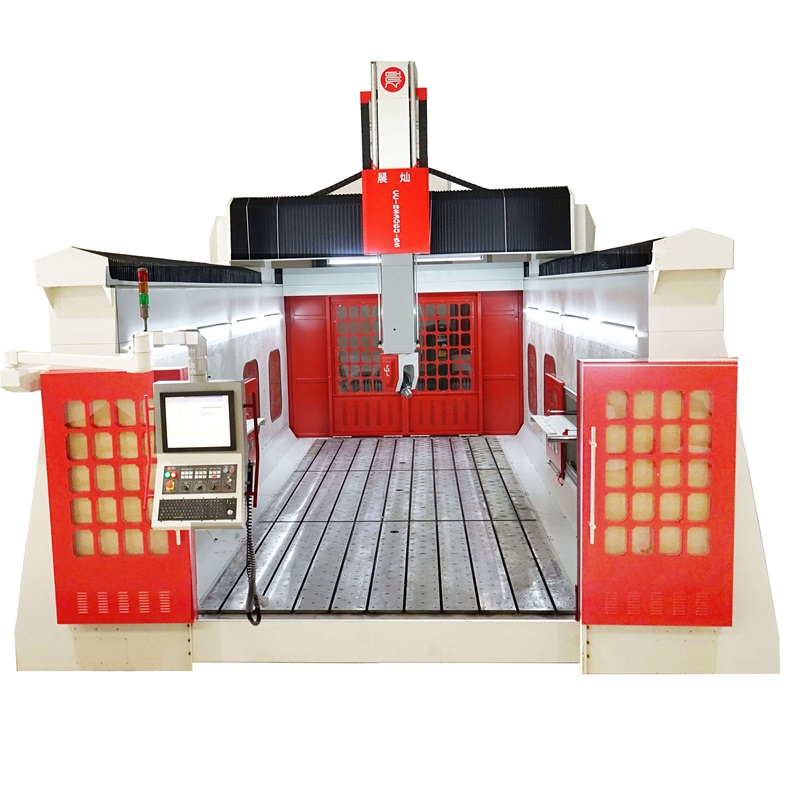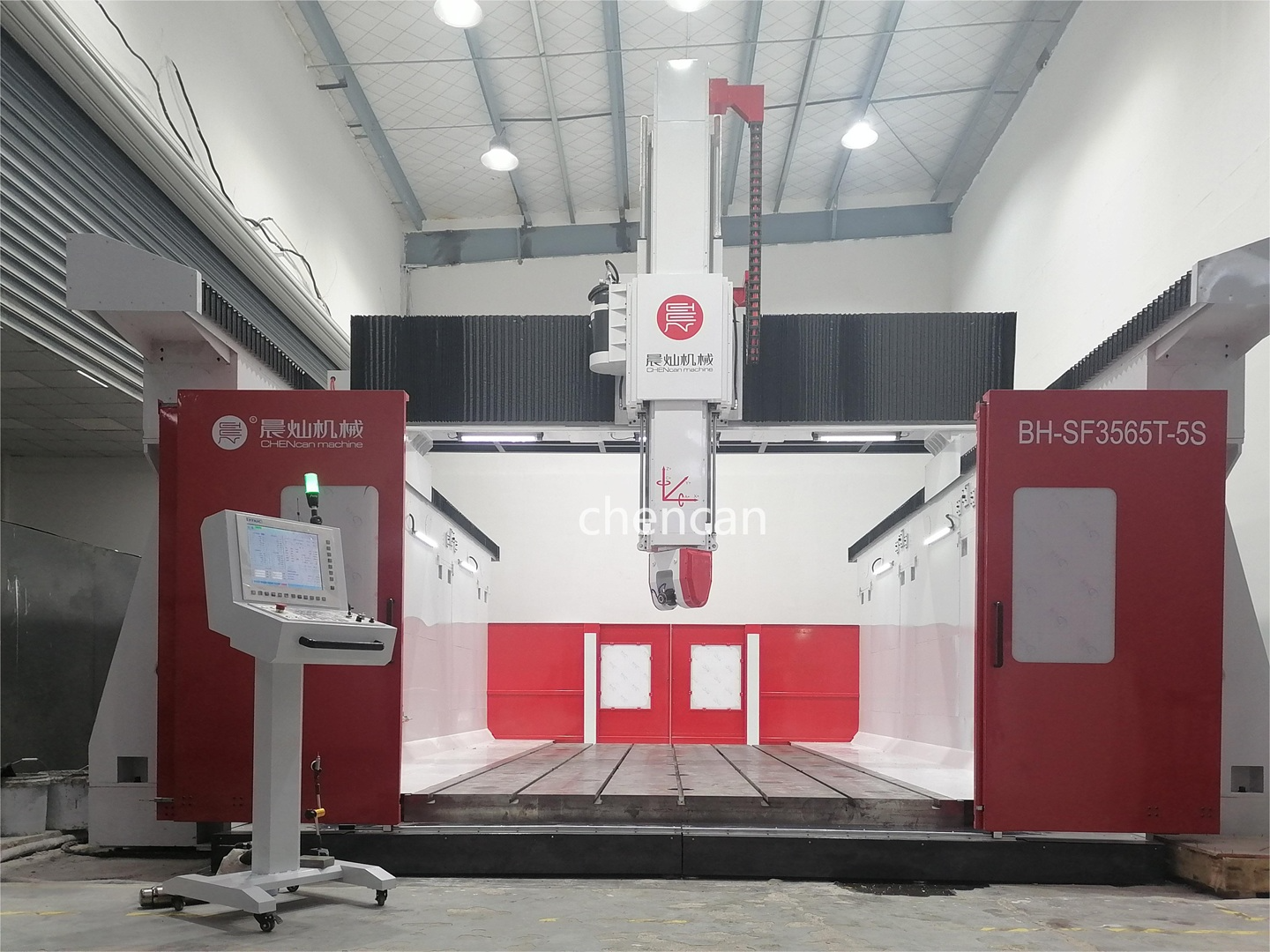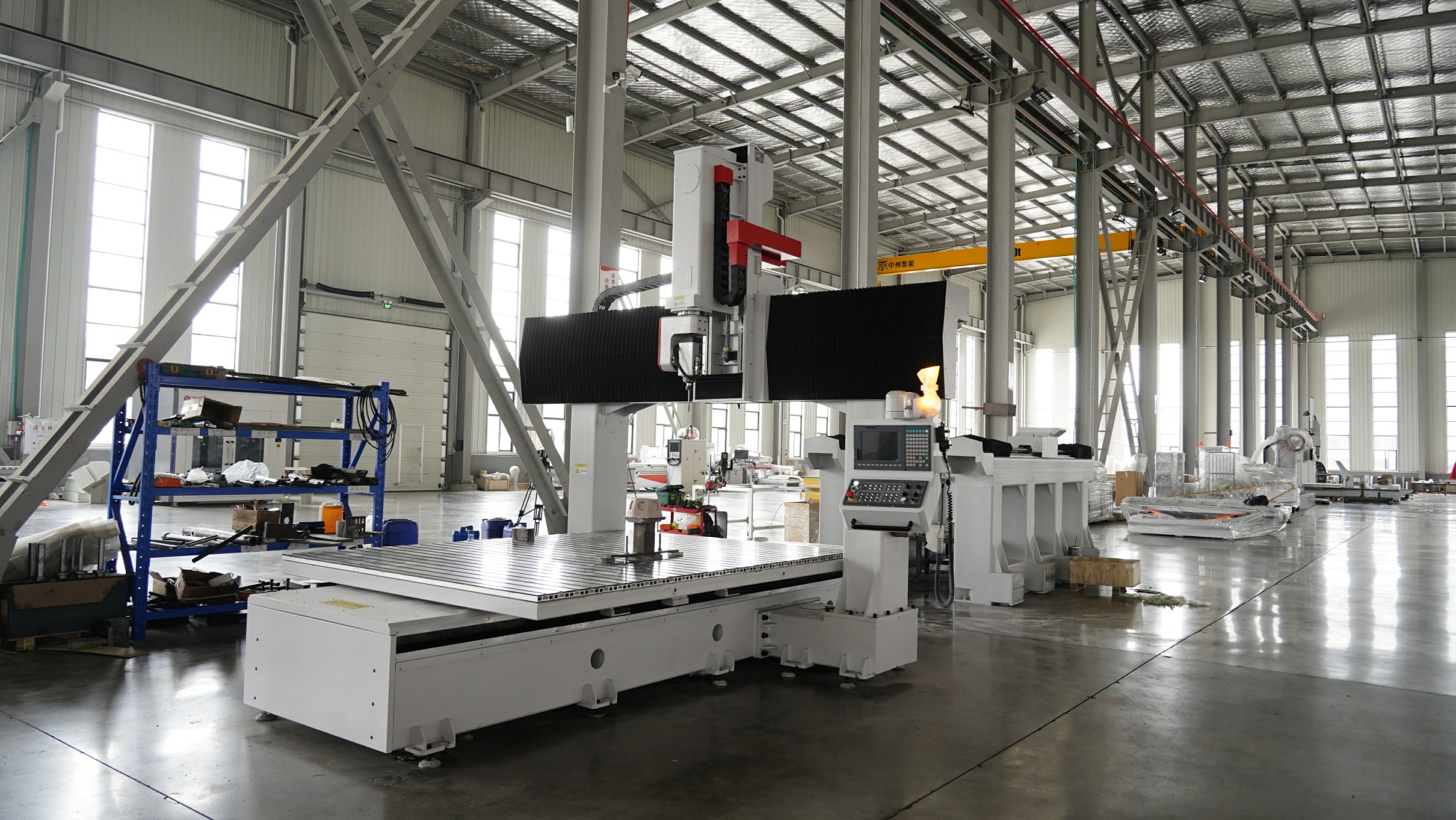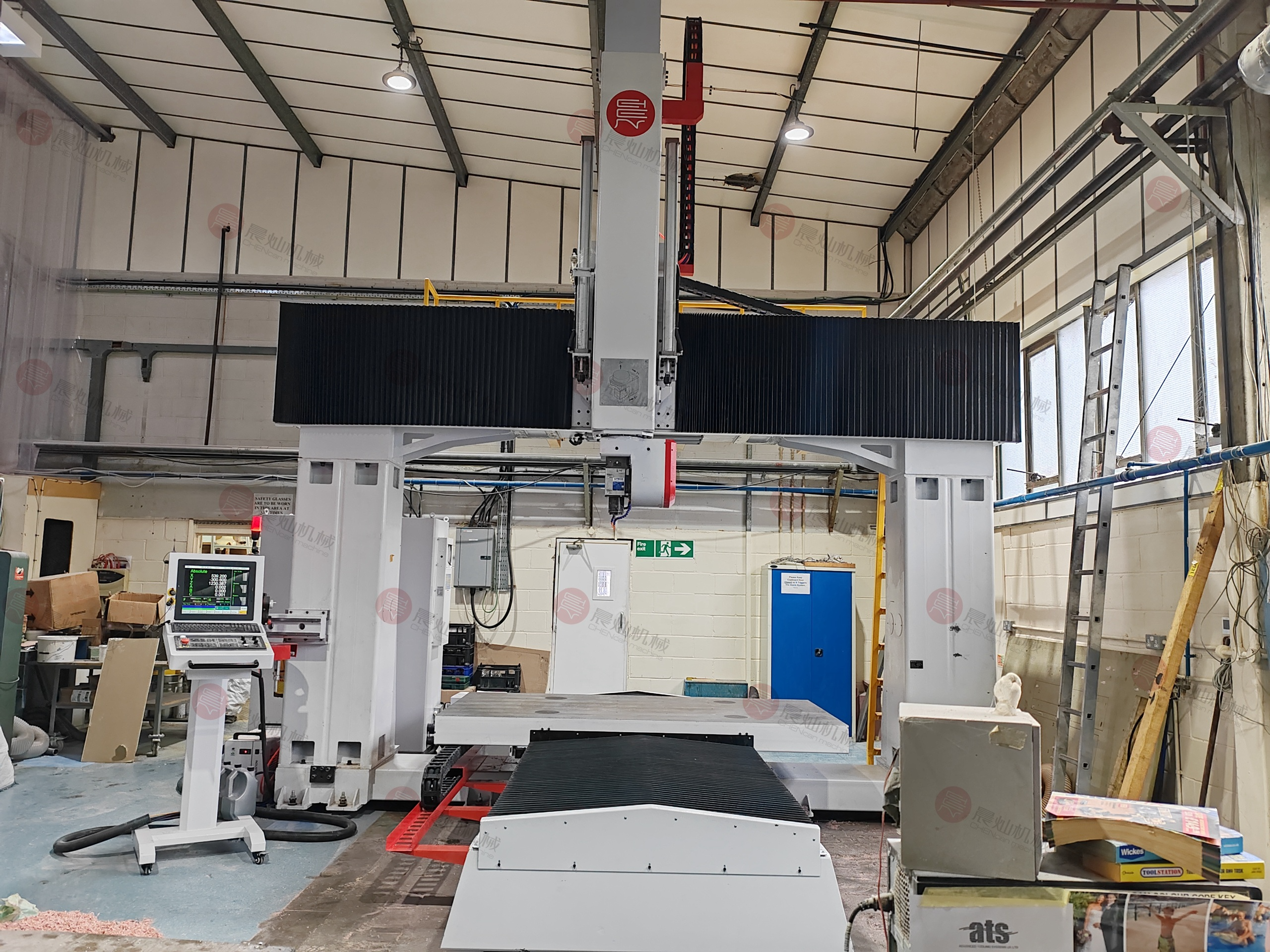When you start looking into CNC routers, the decision often feels like a puzzle. Should you go for a 3 axis machine or step into the world of 5 axis? Both types can cut, drill, and shape, but they behave differently once the job gets complex. Some workshops still use 3 axis models every day, while many others switch to 5 axis systems for more advanced parts and faster work. If you need a trusted source in this field, CHENcan has made a name for itself worldwide. Since 1998, this company has grown into one of the main suppliers of CNC machines. It now has offices in China, the United States, India, and Russia. Over the years, it has delivered machines to more than 25,000 clients in more than 70 countries. Its history shows how the company developed from a small workshop into a leader with breakthrough projects, like building China’s first large 5 axis machining center for composites. Its factory covers more than 60,000 square meters and employs over 270 people. More than ten percent of the team focuses on R&D, with advanced testing tools and strong quality checks.

What Are the Key Differences Between 3 Axis and 5 Axis Routers?
At first, both machines seem similar. They cut, they shape, they remove material. The big change is in how they move. A 3 axis router runs on the X, Y, and Z directions. A 5 axis router adds two more motions. This lets the tool tilt and rotate, which helps reach angles you cannot touch with a simple setup.
Movement Capabilities and Machining Flexibility
A 3 axis router is fine for straight lines and flat areas. It makes doors, panels, or simple molds. A 5 axis router, by contrast, lets the spindle move in more directions. You can make curved surfaces, deep cavities, or sharp corners without taking the part off the table. In real jobs, this means cutting turbine blades, car body molds, or complex marine parts in one go.
Complexity of Parts That Can Be Produced
Flat wooden sheets or basic aluminum plates are fine on a 3 axis machine. But industries that need precision shapes, like aircraft propellers or wind turbine blades, require multi-angle cutting. A 5 axis router handles these challenges much better because the tool can move around the workpiece instead of the workpiece being moved around by hand.
Efficiency and Speed in Production
Every time you reset a part, you lose time. You also risk small errors that add up. A 5 axis router reduces setup steps. It means faster production runs, smoother results, and less scrap. Over months of operation, the saved hours make a noticeable difference in delivery time.
Why Do Manufacturers Prefer a 5 Axis Router for Modern Projects?
The world is moving toward lighter parts and tougher designs. Aerospace, automotive, and new energy fields are asking for higher precision. That is why more companies lean toward 5 axis routers.
Precision and Accuracy in Complex Geometry
Making molds for planes or yachts often demands a surface finish with very tight tolerance. A 5 axis router gives a smoother cut. It reduces the need for manual polishing. In industries where small errors can cause big costs, this extra accuracy matters a lot.
Reduced Setup Time and Higher Productivity
Resetting parts is not only slow but also risky. Multi-axis cutting lowers the need for shifting workpieces. That means less chance of mistakes. It also lets operators focus on running the job instead of constant adjustments.
Material Versatility Across Industries
Different jobs use different materials. Foam, wood, and carbon fiber are all processed with 5 axis routers. This flexibility lets one machine serve several industries, from shipbuilding to medical molds.
In Which Applications Is a 3 Axis Router Still the Better Choice?
Even though 5 axis machines dominate headlines, there is still room for simpler routers.
Cost-Effective Machining for Simple Parts
For businesses that work with flat boards, plywood, or simple carvings, a 3 axis router is cheaper and does the job well. If most of your work is straightforward, paying for more axes may not be needed.
Ease of Operation and Maintenance
Operators can learn faster on a 3 axis machine. The system is less complex, and the repair costs are lower. For small shops, this simplicity is an advantage.
Good Fit for Entry-Level Manufacturing Needs
Companies new to CNC sometimes start with 3 axis machines. It gives them a chance to take smaller projects before moving on to advanced tools.
How Can a 5 Axis Router Help You Save Costs in the Long Run?
Buying a 5 axis router feels like a big investment. But the return often comes faster than expected.
Reduced Labor and Tooling Expenses
Because the part stays on the table, you need fewer operators to watch over setups. Tools also last longer since the machine can cut at angles that reduce stress on the cutter.
Improved Material Utilization and Less Waste
When working with expensive carbon fiber or glass fiber, every cut counts. 5 axis cutting helps reduce waste because the tool path follows the part more closely. Less scrap means more profit.
Higher Return on Investment Through Faster Project Turnaround
Meeting deadlines is critical. Delivering products on time often leads to repeat orders. A 5 axis router makes this easier because projects finish faster without losing accuracy.
Which 5 Axis Router Solutions are Recommend?
For businesses ready to explore multi-axis machines, several models are worth noting.
High Speed 5 Axis CNC Machine for Mold Making
The High Speed 5 Axis CNC Machine for Mold Making is built for car molds, aerospace parts, and other demanding tasks. It uses advanced swing head systems and RTCP to achieve precision.

Cheap 5 Axis CNC Machine for Trimming and Cutting
The Cheap 5 Axis CNC Machine for Trimming and Cutting offers a more budget-friendly path into multi-axis. It is strong in trimming composite panels or marine molds. Many smaller businesses find this model a safe entry point into 5 axis.

SF Series 4*8 5 Axis CNC Machine for Pattern Making
The SF Series 4*8 5 Axis CNC Machine for Pattern Making fits shops making furniture, sculptures, or detailed 3D patterns. It is compact, but it has the power for professional results.

What Makes CHENcan a Reliable Partner in CNC Machinery?
Buying the right machine is important, but finding a partner who stands behind it matters even more.
Strong R&D and Global Innovation Footprint
The company invests more than ten percent of its revenue into R&D each year. With over 140 patents and projects developed with top universities, its innovations are well-recognized. Systems like CLAM™ additive manufacturing show its ability to create new methods in machining.
Full In-House Manufacturing and Strict Quality Control
Most of the structural parts are made in its own factories. Machines come with ISO9001 and CE certifications. This reduces delays and gives more control over quality.
Comprehensive After-Sales Service and Lifetime Support
Service continues long after delivery. With two dedicated service centers and about 40 technicians, customers receive installation, training, and repair support. Remote guidance is available, and warranty coverage lasts one to two years depending on the model.
FAQ
Q1: What industries benefit most from a 5 axis router?
A: Aerospace, automotive, marine, wind power, and medical sectors use 5 axis routers most because of their need for high precision and complex shapes.
Q2: Is a 3 axis router enough for woodworking?
A: Yes. For cutting flat boards, basic patterns, or simple furniture parts, a 3 axis machine works fine.
Q3: Does a 5 axis router require special training?
A: It does require training, but once operators learn the system, the setup becomes faster and easier.





